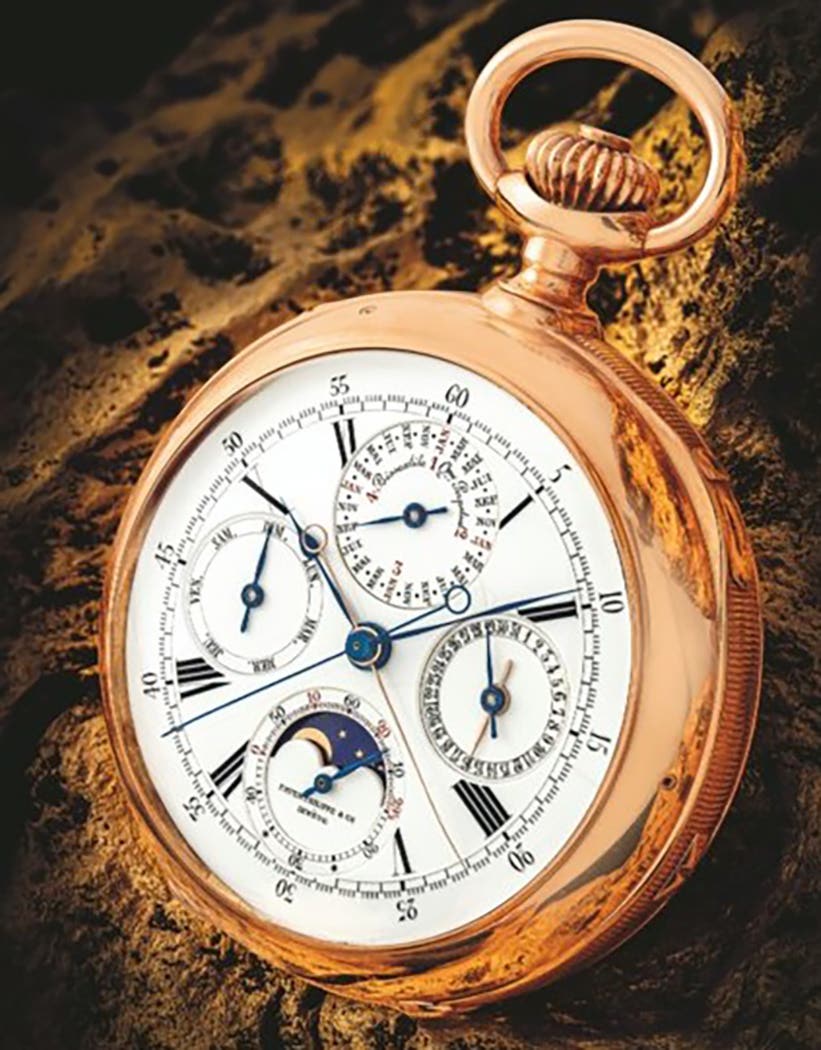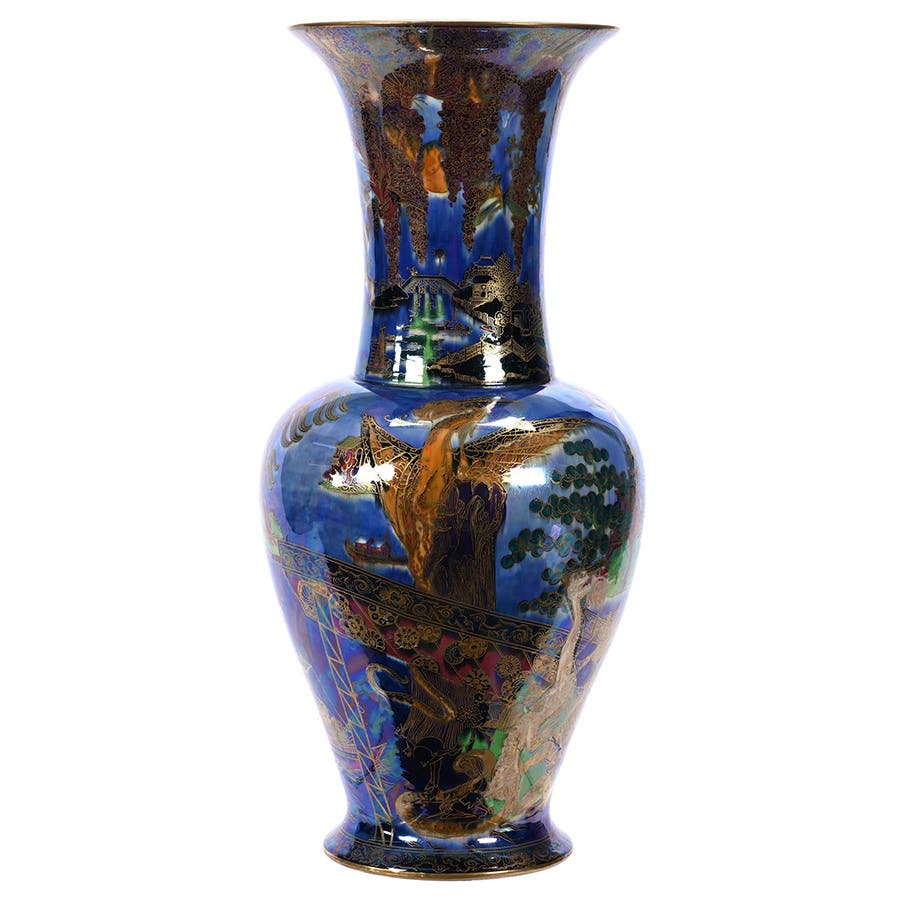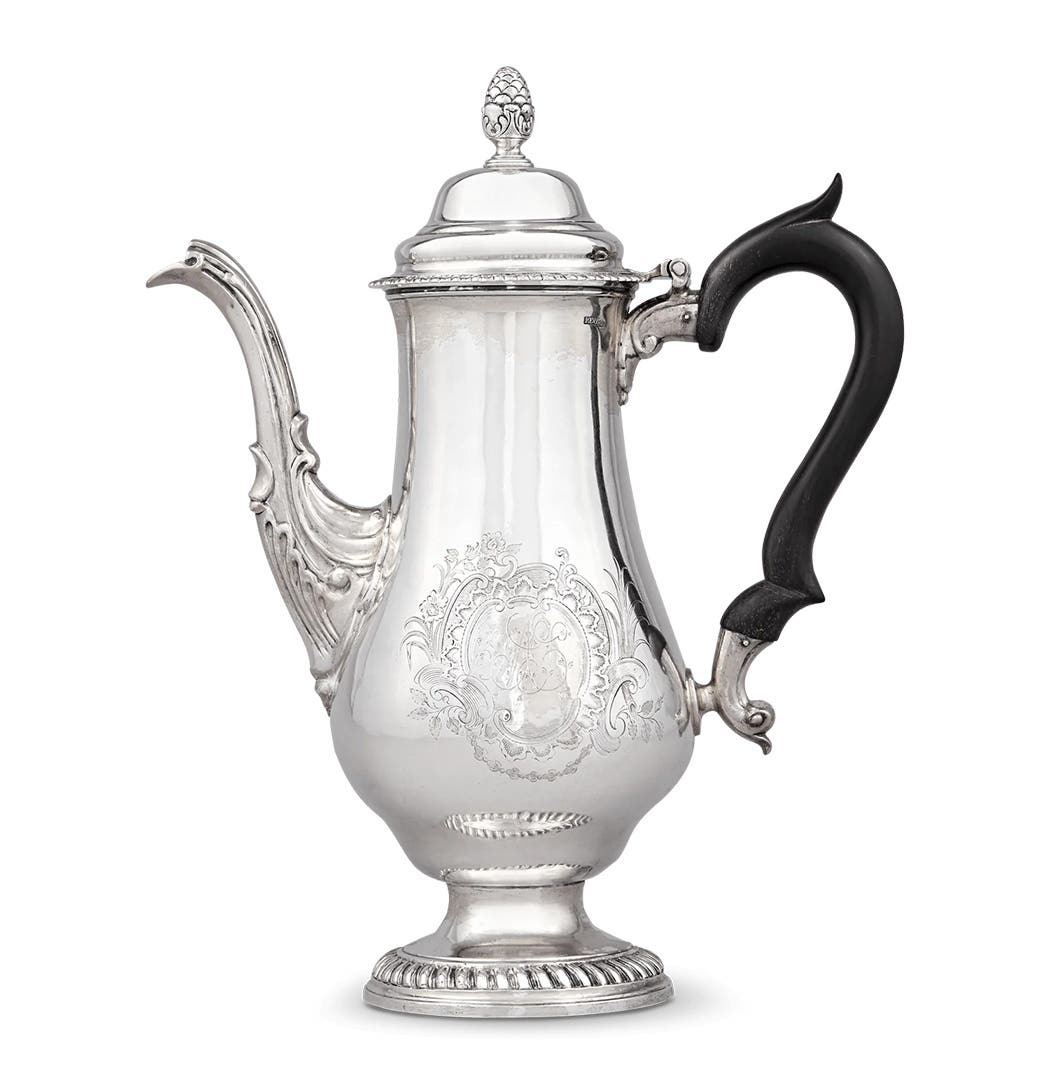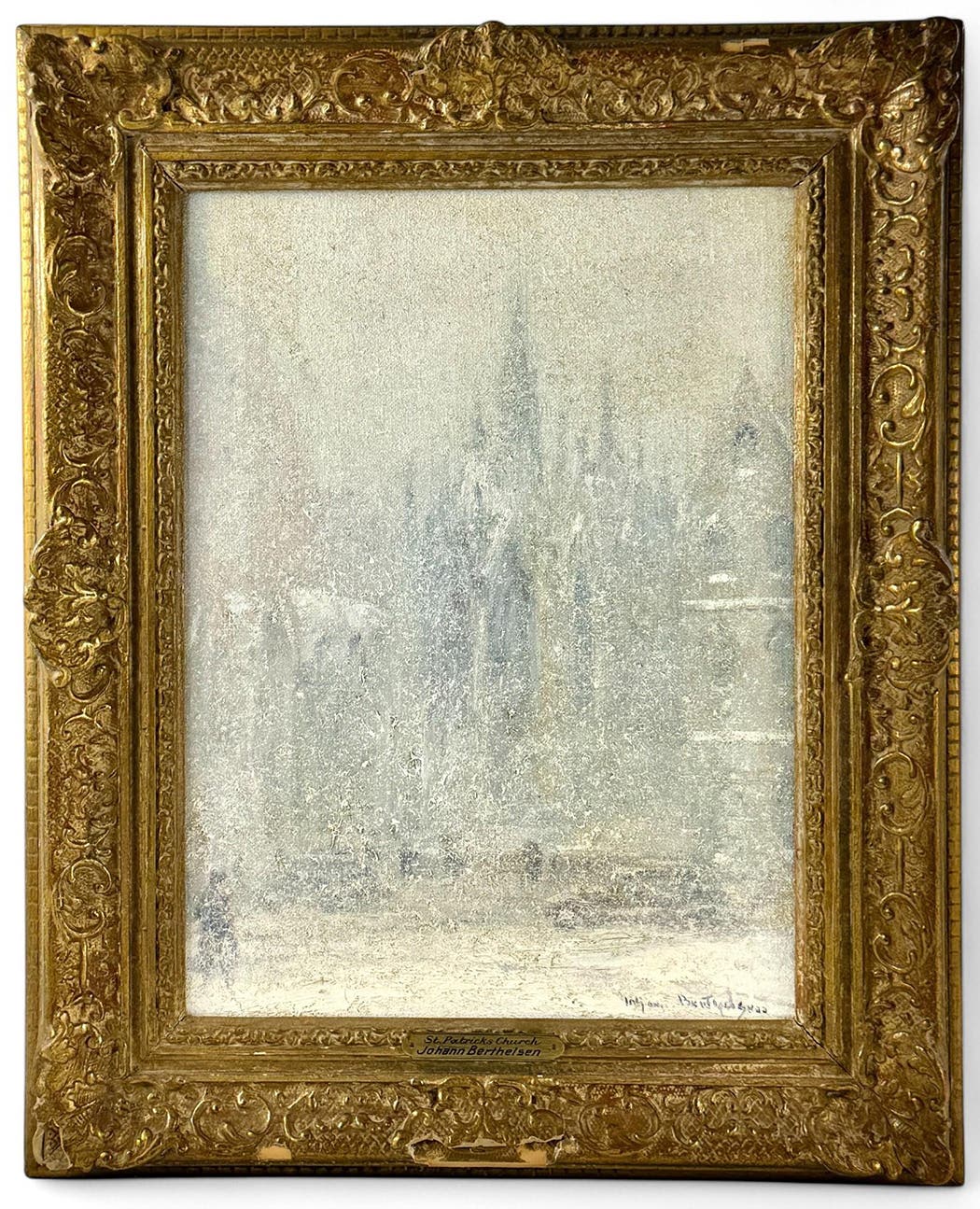Ten Things You Didn’t Know: Women’s Suffrage
In 2014 it’s been 95 years since the efforts of a few garnered a right for all women in the U.S., the right to vote. Here are 10 things you may or may not know about the women’s suffrage movement.
In 2014 it's been 95 years since the efforts of a few garnered a right for all women in the U.S., the right to vote. The women's suffrage movement represented a lot of visions, based on guaranteeing the rights of women. Below are a few things you may, or may not know, about the women's suffrage movement.
1The month of August was a pivotal month for the women’s suffrage movement in America. On Aug. 18, 1920, the 19th amendment (giving women the right to vote) was ratified by a two-third majority of states, and it took affect Aug. 26, 1920. The amendment reads: The right of citizens of the United States to vote shall not be denied or abridged by the United States or by any State on account of sex.
2A seldom-seen women’s suffrage button, showing the personification of the
movement — a woman blowing a clarion trumpet — inscribed with “National Woman Suffrage Congressional Union,” and listing Irwin Hodson Company of Portland, Ore., on the back paper, sold for $687.50 during Heritage Auctions’ July 2014 Americana & Political Signature Auction.
3 In light of the ratification of the amendment, a number of individuals and groups brought the validity of the ratification to the courts, which was eventually met with the Supreme Court��s unanimous dismissal in 1922 of the arguments for invalidation of the amendment. While the majority of the states ratified the amendment in 1920, there were 10 states that delayed formal ratification of the amendment. Some held out for a couple of years, some for much longer; with the last state, Mississippi, ratifying the 19th amendment in 1984.
4 A women’s suffrage movement cup and saucer set, in Mint condition, produced by Hutschenreuther of Bavaria, Germany, featuring gold trim and three panels, which read “Votes for Women,” sold for $562.50 in November of 2013, during an auction presented by Heritage Auctions.
5 More than 70 years before the 19th amendment went into effect, the first women’s rights convention was held in Seneca Falls, New York. The event was held in 1848, and was organized by reformers Elizabeth Cady Stanton and Lucretia Mott, among others.
6 In the late 19th century/early 20th century various organizations were formed and became the driving forces in the women’s suffrage movement, among those was the National American Woman Suffrage Association and the National Woman’s party. The NAWSA was said to be a moderate lobbying group – focusing efforts on education, lobbying congress and campaigning. While the National Woman’s Party, formed by Alice Paul, was seen as more radical and militant in their approach, which included picketing at the White House and Congress – which often led to arrests.
7 In 2011, a bound, two-volume set of first issues of The Revolution, the weekly newspaper which reported on the women’s rights movement and discussed more controversial concerns including divorce and birth control, sold for $3,585 during a Heritage Auctions sale. The magazine was published from 1868 until 1872, and was established by suffragists Susan B. Anthony, Elizabeth Cady Staton, and Parker Pillsbury.
8 As historical accounts state, the women’s suffragist movement was largely peaceful, but there were some acts deemed ‘radical’ for the time, including the act by Susan B. Anthony and a small group of women of registering and then voting in the 1872 election in Rochester, New York. Anthony was arrested on the charge of “knowingly, wrongfully and unlawfully vot[ing] for a representative to the Congress of the United States,” convicted, and fined $100 by the State of New York. A fine that she fought during her trial, saying: “May it please your honor, I shall never pay a dollar of your unjust penalty.” According to historical accounts, Anthony never did pay the fine.
9 A 9-inch by 29-inch women’s suffrage pennant featuring a figure representing Justice, emblazoned with the slogans “Equal Rights” and “Votes for Women,” with some moderate soiling, commanded $2,569.25 during a December 2012 auction at Heritage Auctions.
10 American women could run for office long before they could vote. In fact, Jeannette Rankin (R-Montana), the first congresswoman elected to the House of Representatives, served for a single term in 1917 — three years before the ratification of the 19th amendment.
Sources: Constitutioncenter.org, New York Times Op-Ed Aug, 2010., History.com, http://www.ipu.org/wmn-e/suffrage.htm
[relatedPosts]






